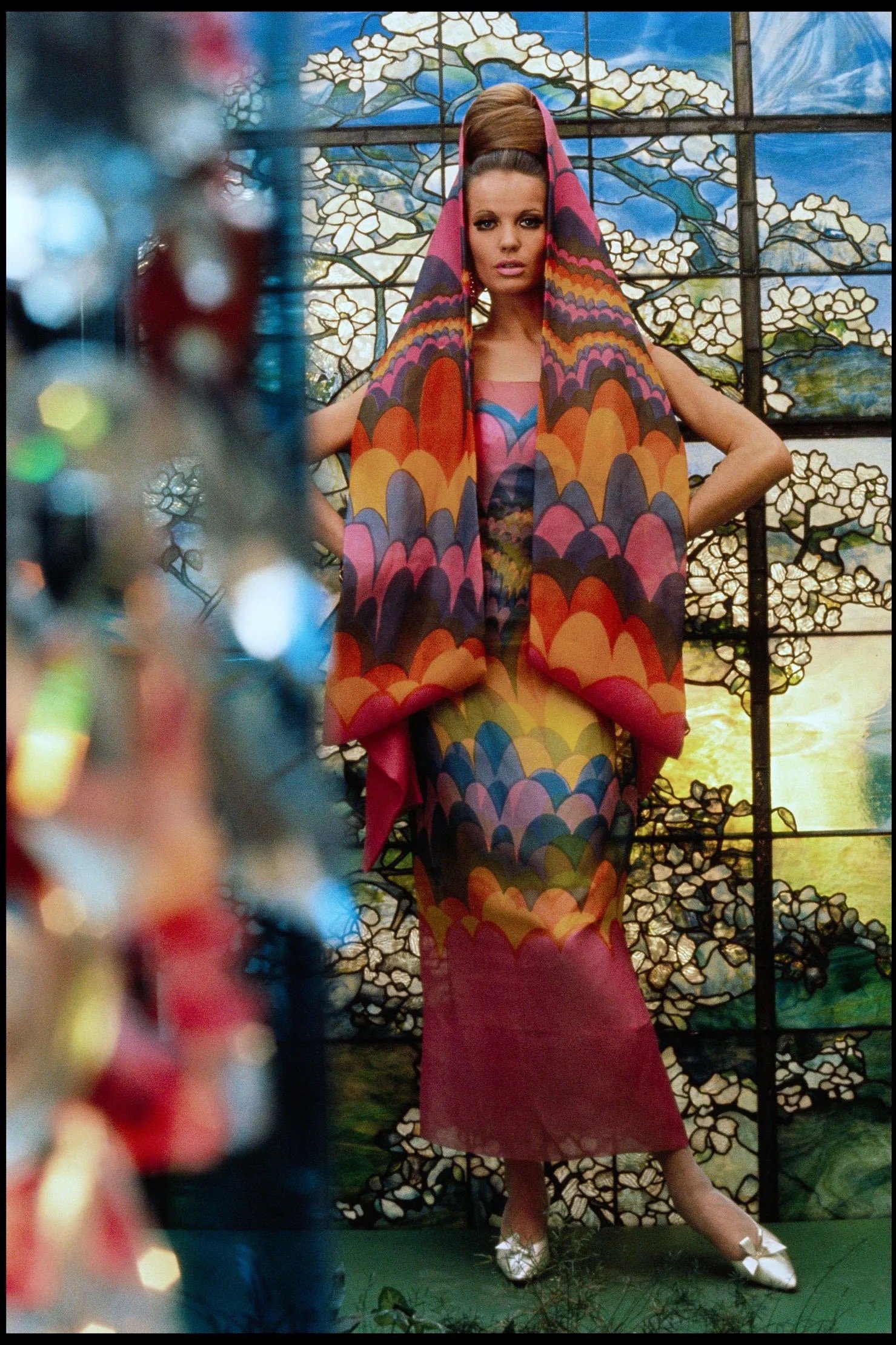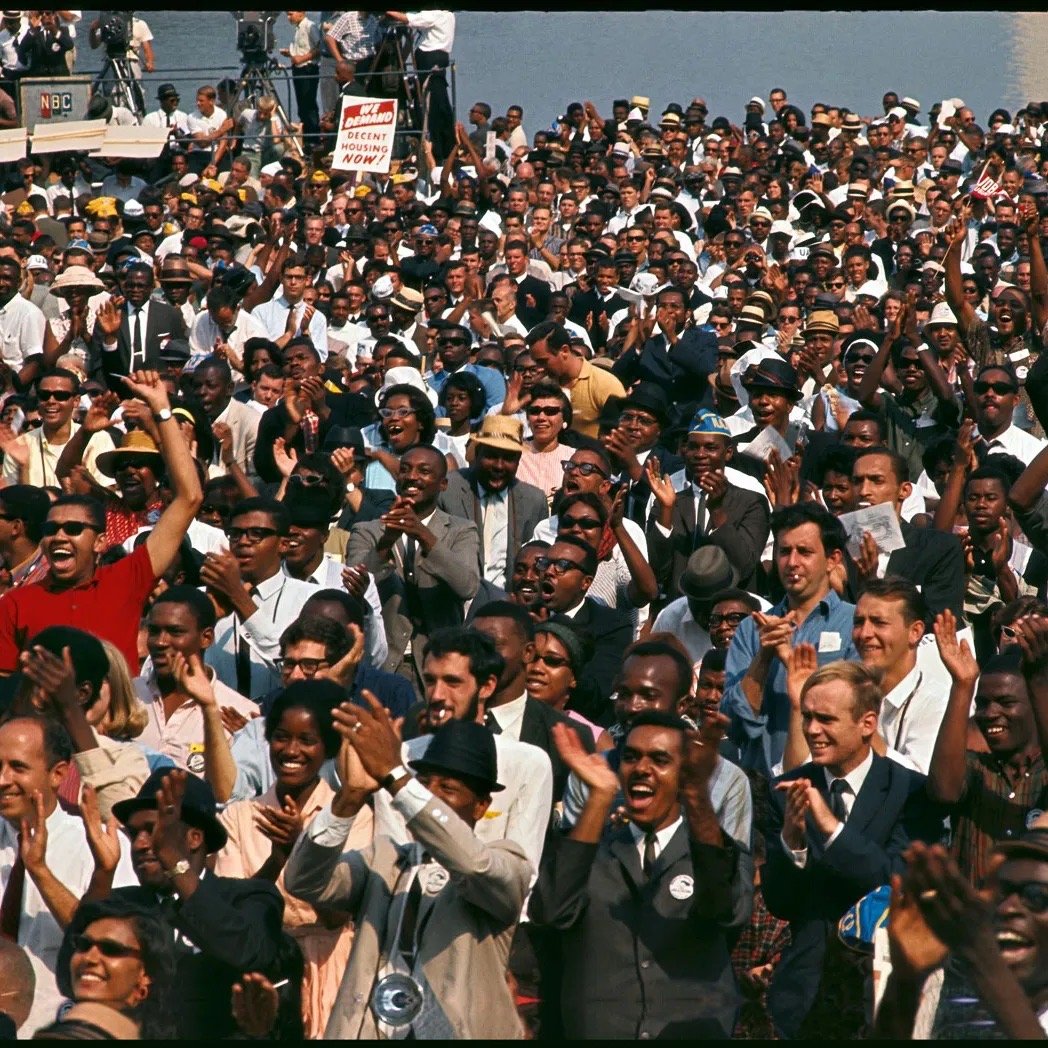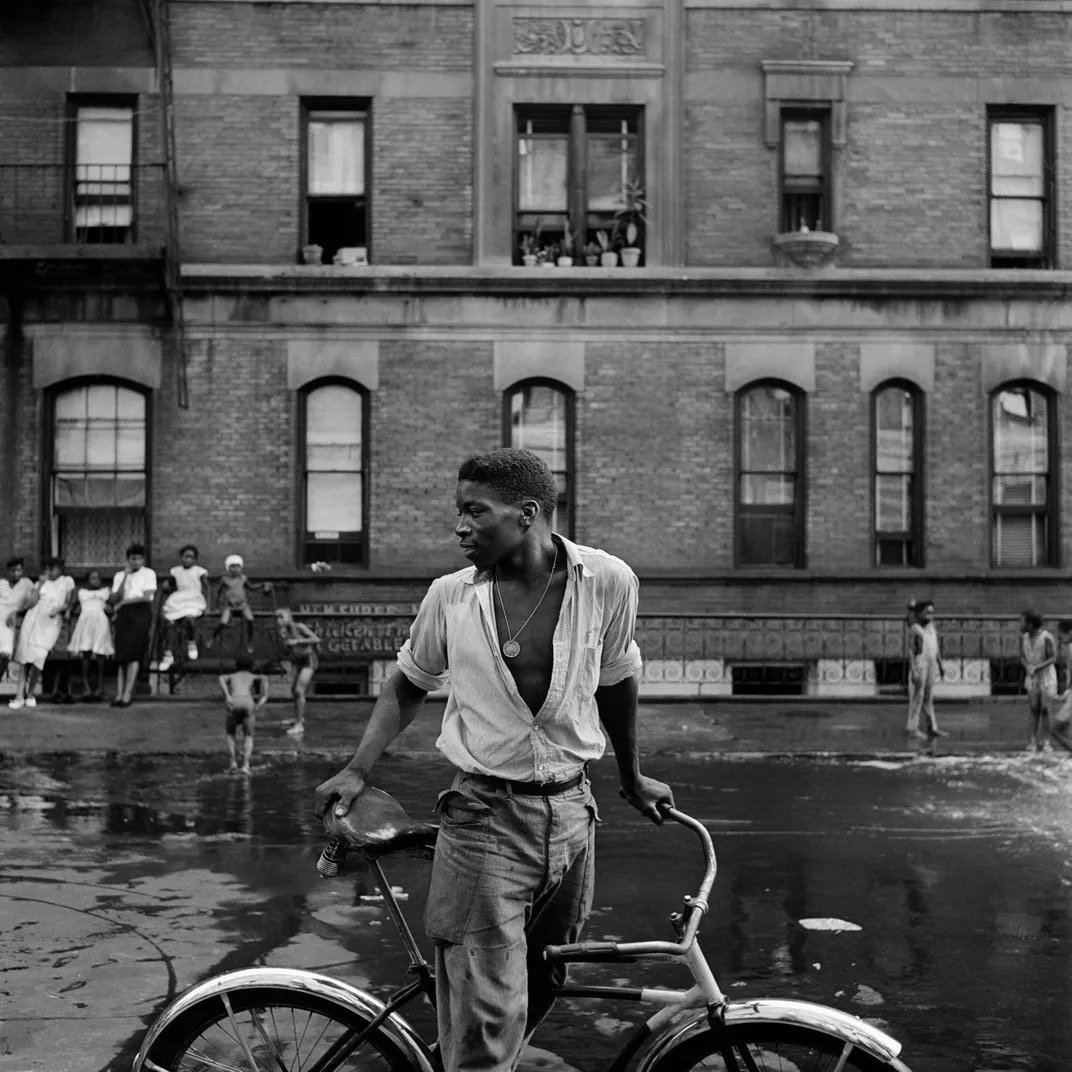Gordon Parks
Gordon Parks was one of the twentieth century's successful photographers. He established a remarkable collection of photos that captures the American society and culture throughout the twentieth and twenty-first centuries and concentrated on class, race, and social justice. Parks was also an established musician and filmmaker and was heavily involved with numerous celebrities and politicians of his time.
Gordon Parks was born in Fort Scott, Kansas, on November 30, 1912. As a child, he went to a segregated elementary school and was forbidden from participating in extracurricular activities at his high school due to his color.
Parks left home when he was 14 years old, following the death of his mother. He briefly resided with family before striking out alone and supported himself through odd jobs. Parks bought his first camera at a pawnshop after seeing images of migrant laborers in a magazine. After relocating to Chicago in 1940, Parks began to extend beyond portraiture and fashion photography. He grew intrigued by Chicago's low-income Black areas on the South Side.
On the left: Anacostia, D.C. Frederick Douglass Housing Project. A family says grace before the evening meal, 1942
Despite his lack of formal training, he was awarded the Julius Rosenwald Fellowship in 1942, which led to a post with the FSA's photography unit in Washington, D.C., and consequently, the Office of War Information (OWI).
He also began working as a freelance photographer for Vogue and worked for Vogue for several years, establishing a distinct style that focused on the fluidity of models and attire rather than fixed postures. Parks relocated to Harlem and continued to photograph the city and people while engaged in the fashion industry. Parks' 1948 photograph article landed him a 20-year job as a staff photographer for LIFE magazine, where he photographed Black figures such as Kwame Ture, Malcolm X, and Muhammad Ali. Parks died of cancer in New York City on March 7, 2006.
Parks is most recognized for his stunning, poetic pictures that capture the beauty and indignities of the African American experience. Parks came across periodicals with Depression-era images while working as a waiter on the North Coast Limited passenger train in 1937. Images of dust bowl refugees reminded Parks of his own troubles, inspiring him to buy his first camera.
On the right: Untitled, Washington D.C., 1963
Parks was the first Black artist to produce and direct a major Hollywood movie, The Learning Tree, based on his best-selling semiautobiographical novel.
Parks was awarded several accolades, including the National Medal of Arts in 1988. His works are now housed in the Art Institute of Chicago, the Metropolitan Museum of Art, and the Smithsonian National Museum of American History, among others.
“I picked up a camera because it was my choice of weapons against what I hated most about the universe: racism, intolerance, poverty”
On the left: Untitled, Harlem, New York, 1949






